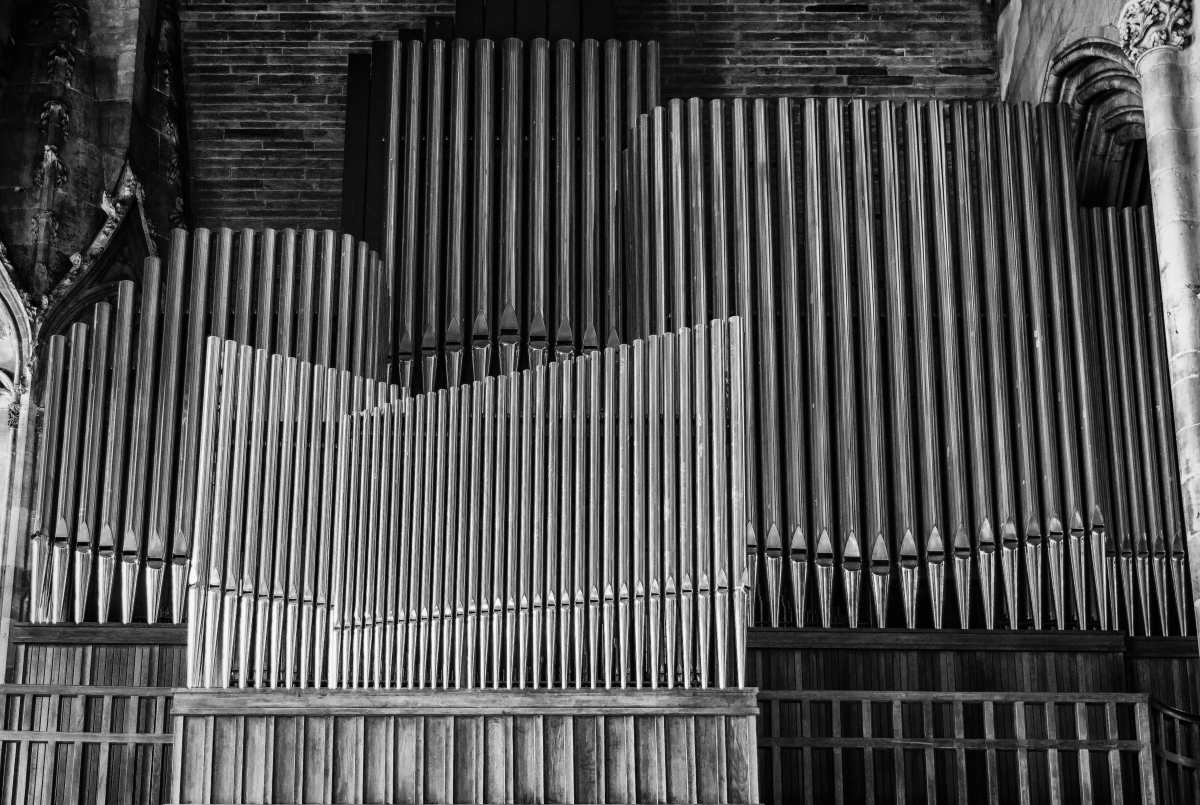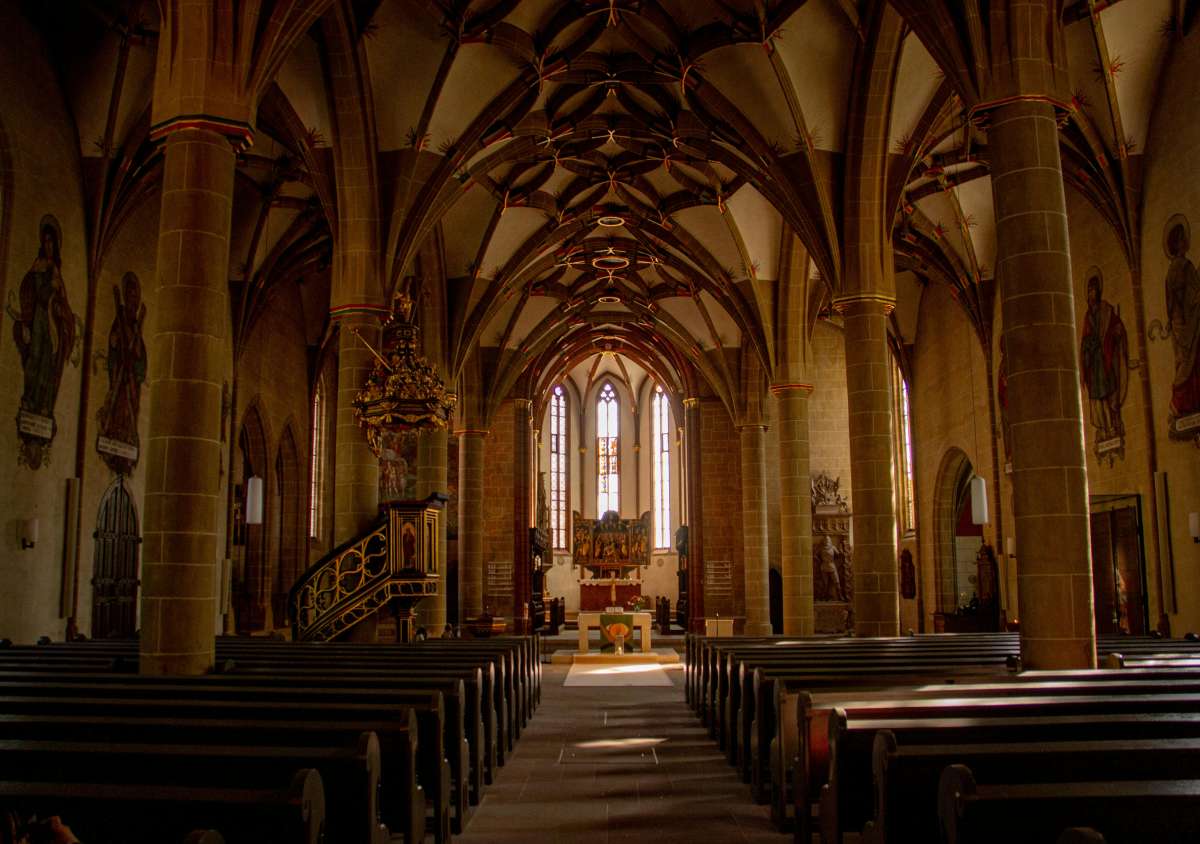11th-century pipe organ, believed to be oldest in Christian world, comes to life after 800 years of silence in Jerusalem

After 800 years, a musical instrument has come back to life. This instrument, a pipe organ, was supposedly buried in Bethlehem by crusaders, according to the National Catholic Reporter. It was made back in the 11th century. In 1906, it came to light due to digging by workers for a construction project. For years, Christian authorities have been arranging for an event where the instrument could be played again, fulfilling the wishes of crusaders. The dream finally came true on September 9, 2025, in a monastery in Jerusalem's Old City.

Oldest in the Christian World
Many theological experts have labeled it as the oldest known pipe organ associated with the Christian world, according to the Daily Journal. Musician David Catalunya played the pipe organ in Saint Saviour's Monastery. "This organ was buried with the hope that one day it would play again," Catalunya said. "And the day has arrived, nearly eight centuries later." Spectators shared that the instrument produced a hearty sound that mingled with church bells in the monastery. After the instrument was played, it was transferred to the nearby Terra Sancta museum, just miles from Bethlehem, where it will remain for the time being.

Legacy of Crusaders
The instrument was brought to Jerusalem in the 11th century by crusaders, when Christians ruled the region, according to ABC News. They claim that the instrument remained in use for around a century, but everything came to a halt after the Turks invasion, per AP News. The crusaders buried the pipes along with other items in an ancient cemetery. Until 1906, the instrument remained buried. It was unearthed when workers dug the ground to build a Franciscan hospice for pilgrims in Bethlehem. In total, 222 pipes were excavated from the region along with a set of bells and other objects.
Many believe that the organ playing again fulfills the hope of crusaders, that their faith would rise from the dark times. "It was extremely moving to hear how some of these pipes came to life again after about 700 years under the earth and 800 years of silence," said Koos van de Linde, organ expert who helped in the restoration of these pipes. "The hope of the Crusaders who buried them -- that the moment would come when they would sound again — was not in vain."
Replicating the Ancient Organ Pipe
In 2019, a team of researchers under the guidance of Catalunya began the process of replicating the organ using the uncovered pipes. It was during this process that they understood some pipes were functioning. Organ builder Winold van der Putten was then brought into the picture, who used his knowledge regarding ancient organ-making methods and insights gathered by the investigation of the unearthed pipes to create the replica instrument. To date, the team has managed to construct half of the replica with pipes unearthed in 1906, which carry guiding lines created by Ottoman craftsmen, as well as engraved scrawls possibly indicating musical notes.
Researchers are hopeful that one day their model will have all the original pipes, resulting in the total restoration of the ancient instrument. Alvaro Torrente, director of the Instituto Complutense De Ciencias Musicales in Madrid, compared the discovery to "finding a living dinosaur." The team believes that having a functioning component from all those years ago helps them in making the ancient pipe organ. The team hopes to create the replica and then place copies of it in churches across Europe, so the music from it is accessible to all.